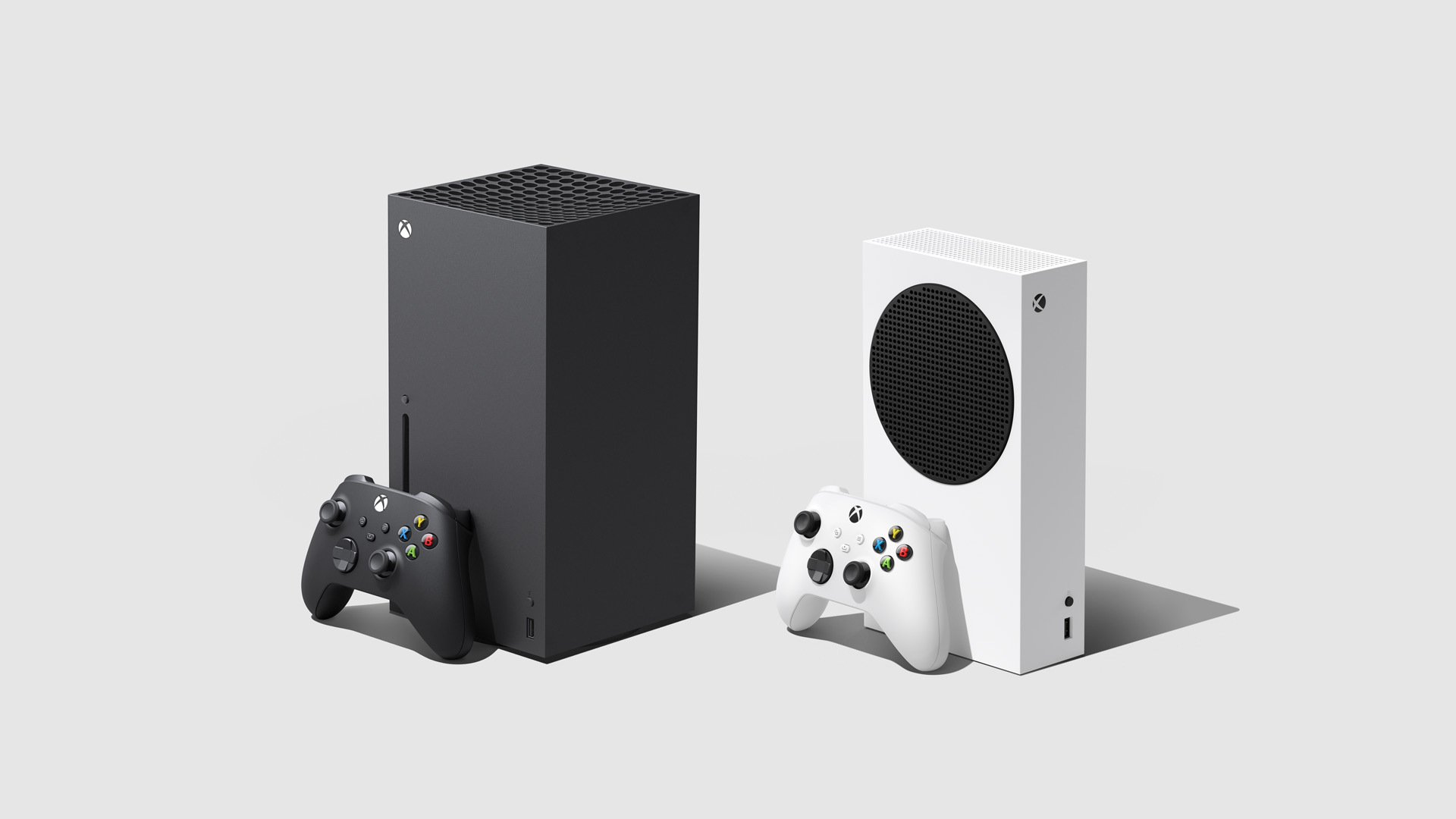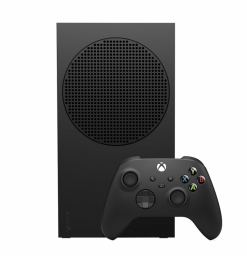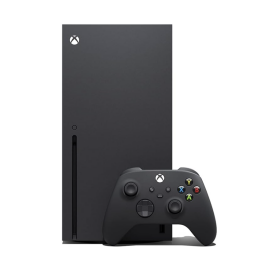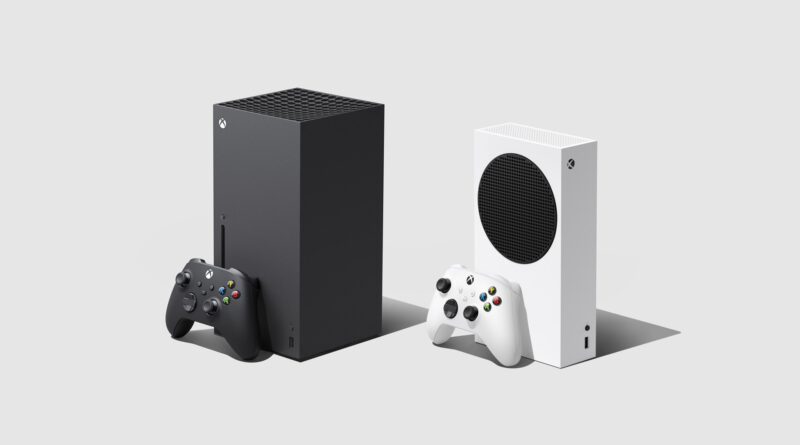Xbox Series X vs S: What are the differences?



The naming conventions of Microsoft’s Xbox consoles have been…questionable since the introduction of the Xbox One way back in 2013. A decade later, Microsoft continues to preserve the tradition with the Xbox Series X and Series S, two powerful gaming machines from its current console generation.
Names aside, neither console will disappoint those looking into getting a new console and are put off by the price of Sony’s PlayStation 5. Here are all the ways the Series X is different from its smaller, cheaper counterpart, the Series S:
Series X vs Series S: Size and Design
To start, the Xbox Series X is a big boy. At close to 10 pounds and almost a foot tall, this behemoth is not a one-size-fits-all option for everyone’s gaming setup. One of the few areas the Series S shines in is size, and if you look at Xbox’s stated dimensions below, you’ll see the Series S is significantly smaller:
-
Xbox Series X: 11.9 x 5.9 x 5.9 inches and 9.8 pounds
-
Xbox Series S: 10.8 x 5.9 x 2.6 inches and 4.3 pounds
Design-wise, the Series X is distinguishable as the massive, vertical Black box that at first glance looks like a speaker. On top of that, the console features an optical disc drive that is missing on the Series S.
The Series S is smaller with a slimmer profile. Thankfully, both consoles use the same controllers so beyond the design and performance differences, you don’t have to spend extra making sure you have the right remote to play games with.
It’s also wise to keep in mind that, thanks to recent leaks, the Series X is getting a digital-only redesign sometime in late 2024.
Series X vs Series S: Performance
Despite featuring the same CPUs, the clearest difference between the Series X and S besides the design is performance. The hardware behind the Series X is befitting of its size, as this behemoth of a console boasts larger RAM, storage and native 4K display capabilities. The Series S does have 4K upscaling and HDR but that pales in comparison to a console that is fully capable of 8K output. In our review of the Series S, the console could be described as “a streaming box that can play blockbuster games.”
Still, at the price point of the Series S, it still looks good on TV and comes with limited ray-tracing support. So it’s still good value even if it doesn’t run as well as the Series X. Both offer smooth gaming experiences, but if you’re looking for something top-tier, the Series X offers triple the processing power of the Series S.
You can look at the specs below to see for yourself:
-
Xbox Series X: Zen 2 8-core CPU, 12 teraflops GPU, 4K/8K 120fps, 16GB RAM, 1TB storage
-
Xbox Series S: Zen 2 8-core CPU, 4 teraflops GPU, 1080p 60/120fps, 10GB RAM, 512GB/1TB storage
Series X vs Series S: Price
The Series S is by far inferior to the Series X in a lot of ways, namely performance. But one of the few areas it excels in is price. Simply put, the Series X will only run you $ 299. Compare that to the Series X, which costs $ 499.
At that price, the Series S is perfect for relatively small budgets and modest entertainment setups where the difference between 4K and 1080p doesn’t matter as long as the game will look good on the TV. And for pure value, if you’re looking to save money ahead of the holiday season, you’re getting a lot of value with the Series S at just $ 299.
